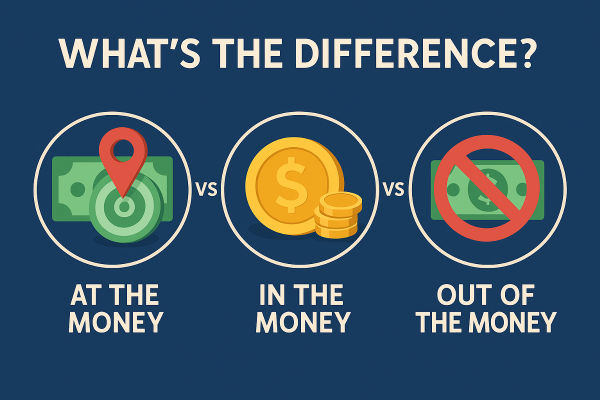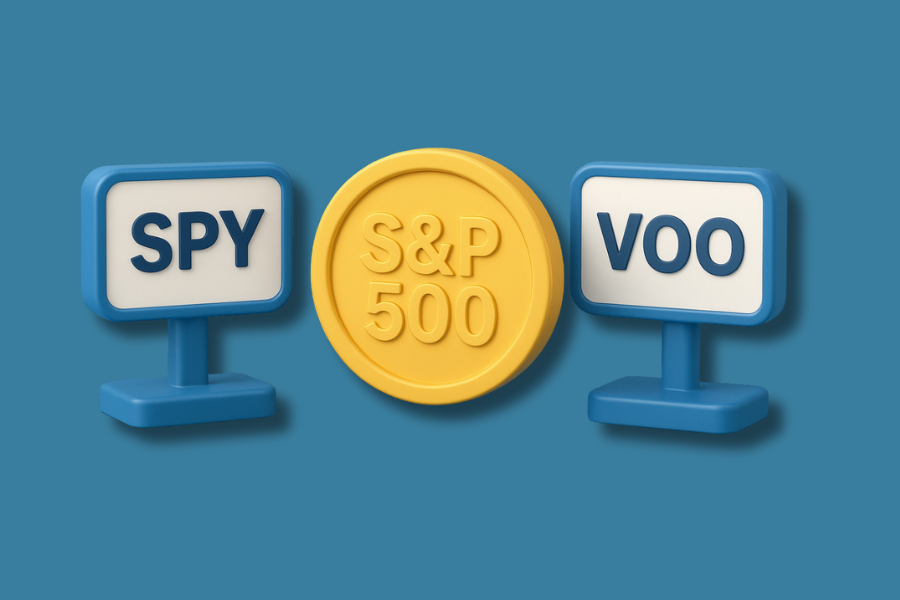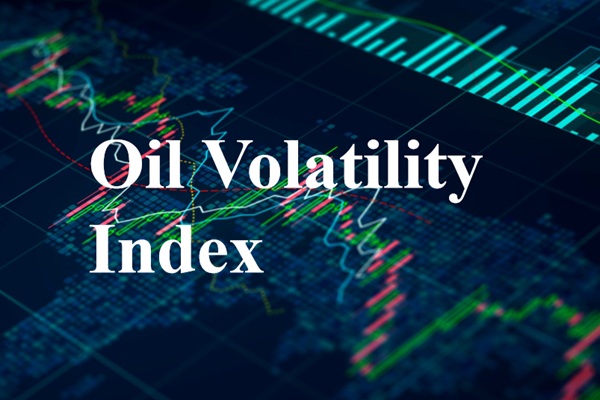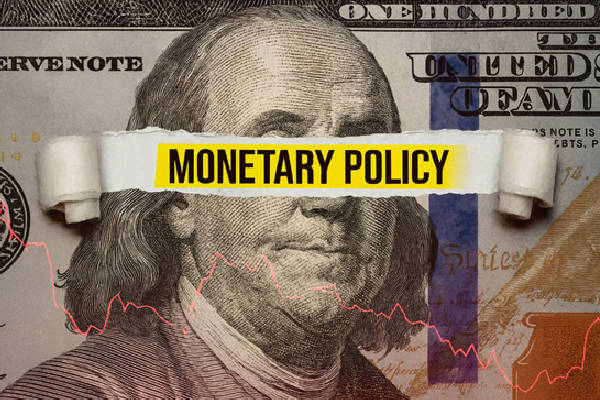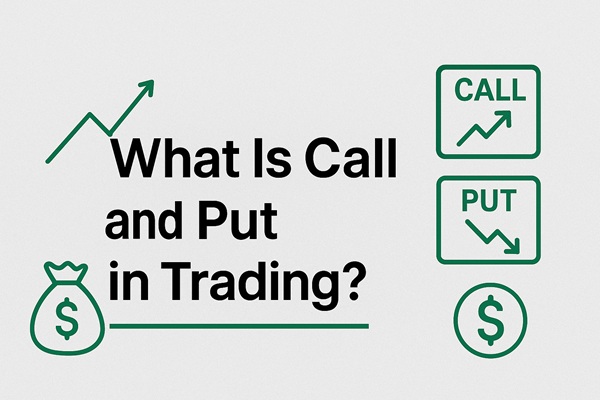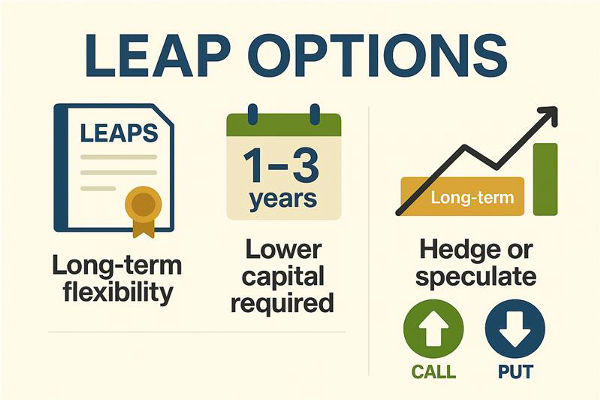Understanding the relationship between an option’s strike price and the current market price is the foundation of options trading. Think of it like a race between two runners, one representing the strike price and the other the market price. Whether the market is ahead, behind, or neck and neck determines whether an option is in the money, out of the money, or at the money. This positioning tells traders everything about potential profit, risk, and timing.
For new traders, these three terms can seem like jargon, but they define the structure of every trade. Knowing where an option stands relative to the market helps you read not just current value but probability, how likely it is that the option will end up profitable before expiry. Understanding these differences is the first step toward building smarter, more controlled trading strategies.
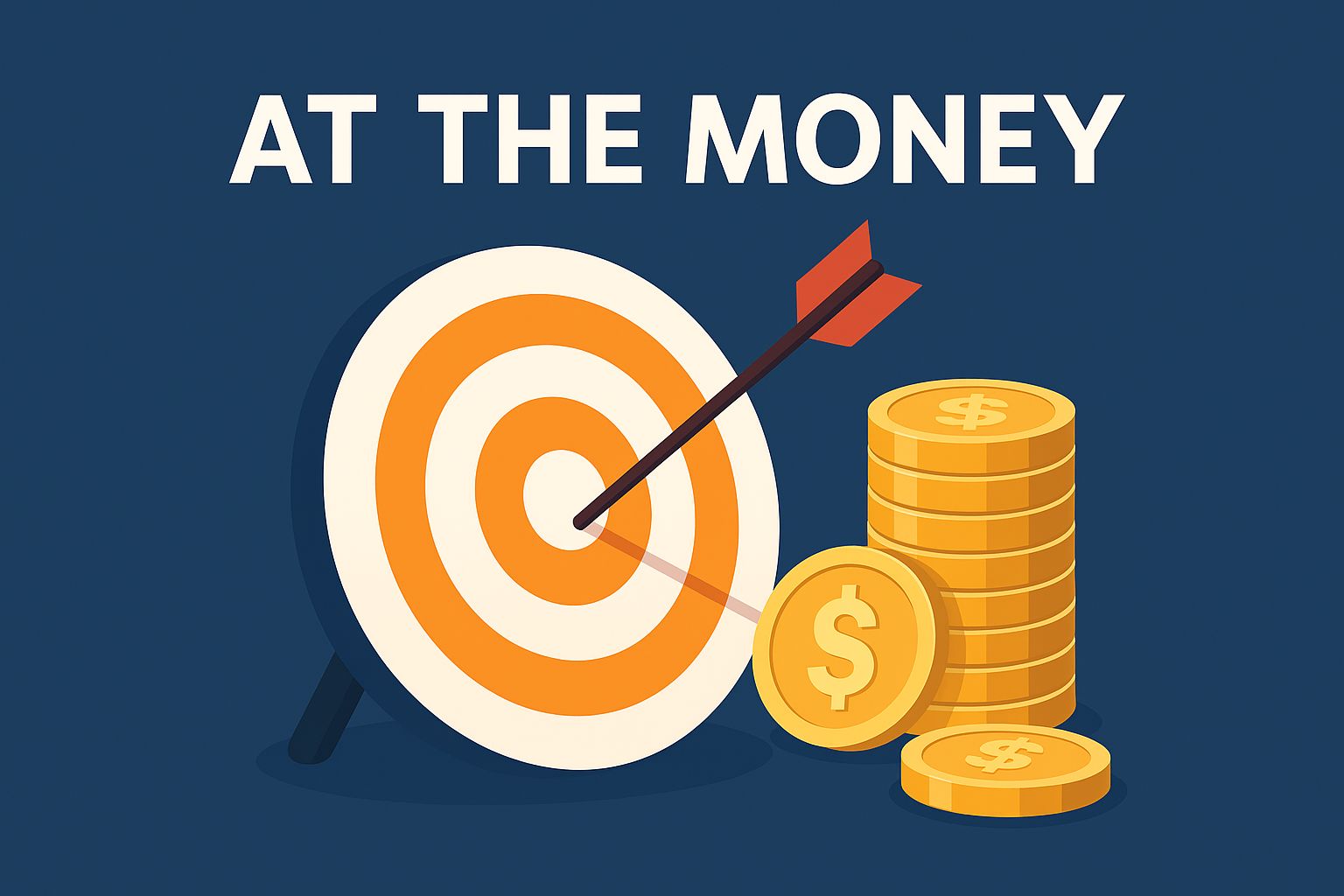
What Does “At the Money” Mean?
An at the money (ATM) option means the strike price is roughly equal to the current market price of the underlying asset. In this situation, the option has no immediate profit if exercised, but it also has the greatest sensitivity to price movement.
For example, if Apple stock trades at 200 dollars, a 200 call or put is considered at the money. If the stock moves up by even a small amount, the call option begins to gain intrinsic value, while a small drop benefits the put. Traders often use at the money options when they expect significant volatility but are uncertain about direction.
ATM options are usually the most expensive in terms of time value, also known as extrinsic value, because they have the highest chance of moving into the money before expiration. These options are popular in strategies such as straddles and strangles, where traders buy both a call and a put around the same strike to profit from sharp moves in either direction.
What Does “In the Money” Mean?
An in the money (ITM) option already has intrinsic value. This means if the option were exercised immediately, it would result in a profit. For call options, this happens when the current market price is higher than the strike price. For put options, it’s when the market price is lower than the strike price.
Imagine that Apple stock rises to 210 dollars while you hold a 200 call. That call is now 10 dollars in the money because you could buy shares at 200 and sell them in the market for 210. The reverse works for puts, if the stock falls to 190 dollars and you hold a 200 put, your option is 10 dollars in the money.
Because they already hold intrinsic value, ITM options are more expensive but also less risky compared to at the money or out of the money options. They move more closely with the underlying asset and are favoured by traders who want directional exposure with less impact from time decay.
Professional traders often use ITM calls to gain leveraged exposure to an asset while committing less capital than buying the stock outright. These options typically have a delta close to 1 for calls or -1 for puts, meaning they move almost in step with the asset’s price.
What Does “Out of the Money” Mean?
An out of the money (OTM) option has no intrinsic value. It is purely a bet that the market will move enough to make it profitable before expiry. For calls, this means the market price is below the strike price. For puts, it means the market price is above the strike.
If Apple trades at 200 dollars, a 220 call or a 180 put would both be out of the money. These options are cheaper because they carry only time value and rely entirely on future movement to become profitable.
OTM options attract speculators because of their lower cost and higher percentage return potential. However, they are also riskier, as most OTM options expire worthless if the expected move doesn’t occur. They are often used in large numbers for short-term trades before major announcements or economic data releases, when traders expect volatility but want limited downside exposure.
How Do They Differ in Value and Risk?
The main difference between these three types lies in their intrinsic and extrinsic value:
ITM options have both intrinsic and extrinsic value. They cost more but have higher success probability.
ATM options have little or no intrinsic value but high extrinsic value, balancing cost and potential.
OTM options have no intrinsic value, only time value, making them cheaper but more speculative.
For instance, if the S&P 500 index is at 5000 points, a 5000 call is at the money, a 4900 call is in the money, and a 5100 call is out of the money. Traders must decide whether they want a higher chance of moderate profit (ITM) or a lower chance of larger profit (OTM).
Real-world data from the Chicago Board Options Exchange (CBOE) shows that most options volume occurs around at the money strikes, reflecting where traders believe the most balanced opportunities lie between risk and reward.
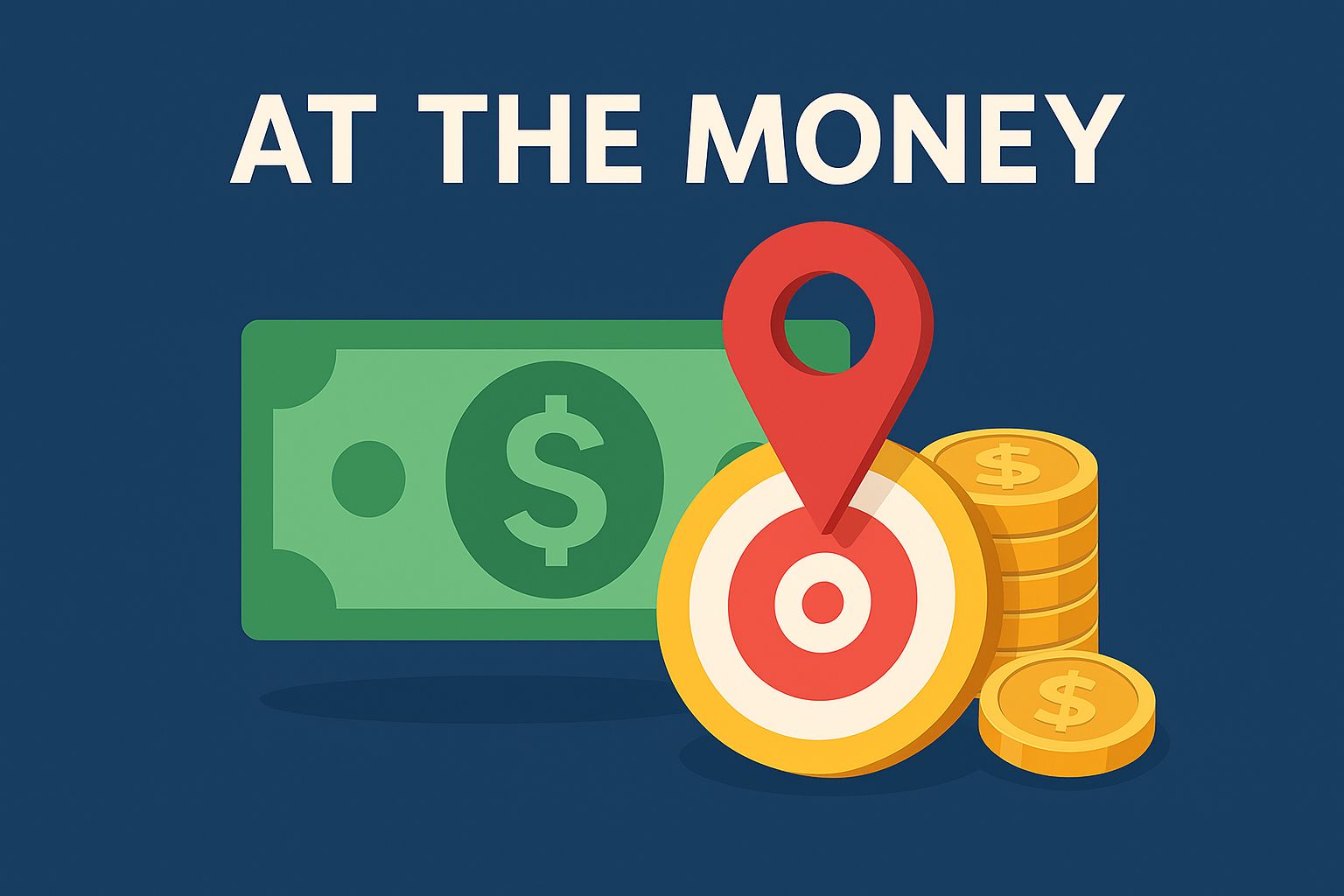
How Traders Use Each Type Strategically
At the Money Options: Traders often use ATM options in volatility-based strategies like straddles, where both a call and put are bought around the same strike to profit from large moves in either direction. These options also respond quickly to changes in implied volatility.
In the Money Options: Favoured for directional trades. For example, during the 2024 bull run in the Nasdaq 100, many traders bought ITM calls on major tech stocks to gain exposure while reducing risk from time decay. Institutional hedgers also use ITM puts to protect portfolios against downside swings.
Out of the Money Options: Common among short-term speculators. Before major events such as earnings reports, traders buy OTM calls or puts anticipating big moves. For example, before Nvidia’s earnings announcement in February 2025, OTM calls with strikes 5 to 10 percent above the market price saw massive volume, betting on an upside surprise.
Understanding which to use depends on your trading goal, whether you want steady exposure, protection, or a high-risk, high-reward opportunity.
FAQs About At the Money, In the Money, and Out of the Money
Q1. Which type of option is best for beginners?
Beginners often start with at the money options because they provide a balanced exposure to price movements and are easier to understand than complex multi-leg strategies.
Q2. Why are at the money options more expensive?
They have the highest time value since they are most likely to move in or out of profit before expiry. This makes them more sensitive to volatility, which raises their premium.
Q3. Can an option move from out of the money to in the money?
Yes. Options change classification as the market moves. A call that is out of the money today may become in the money if the underlying price rises above the strike before expiry.
The Big Picture
These three terms are not just definitions, they describe how options behave and how traders position themselves. In the money options move steadily with price, at the money options react most to volatility, and out of the money options represent pure speculation. Knowing how to use them helps traders balance cost, probability, and reward across different market environments.
Mini Glossary
Strike Price: The fixed price at which an option gives the right to buy or sell the underlying asset.
Intrinsic Value: The amount by which an option is in the money.
Extrinsic Value: The portion of an option’s price based on time and volatility.
Time Decay: The gradual loss of value as the option approaches expiry.
Delta: A measure of how much an option’s price moves relative to a change in the underlying asset’s price.
Disclaimer: This material is for general information purposes only and is not intended as (and should not be considered to be) financial, investment or other advice on which reliance should be placed. No opinion given in the material constitutes a recommendation by EBC or the author that any particular investment, security, transaction or investment strategy is suitable for any specific person.
